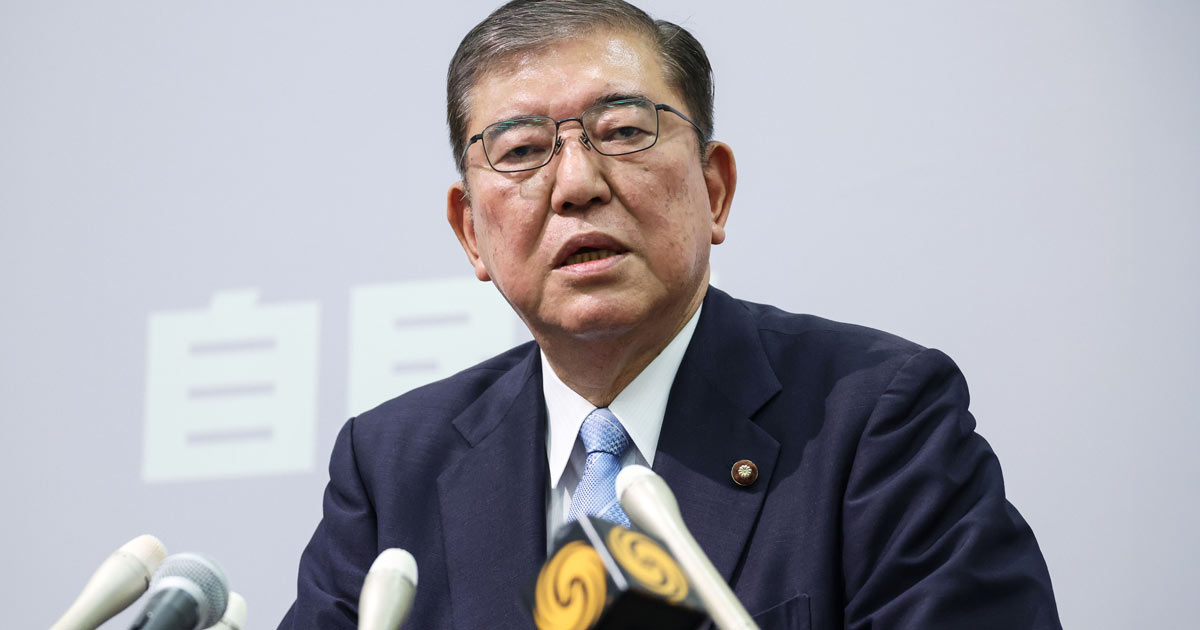Japan’s government has issued a dire new warning about a looming seismic catastrophe that could kill nearly 300,000 people and dwarf the devastation of the 2011 tsunami disaster.
According to updated government data, officials now estimate that a “megaquake” along the Nankai Trough could unleash a massive tsunami and cause up to $2 trillion in damages, while killing as many as 298,000 people.
The death toll is nearly 20 times higher than the Fukushima disaster.
Even more alarming: some coastal regions would have as little as two minutes to prepare.
The government’s own report reveals that, despite over a decade of planning, current disaster preparedness efforts would only reduce casualties by 20%, far short of the 80% reduction target set in 2014.
“It is necessary for the nation, municipalities, companies and non-profits to come together and take measures in order to save as many lives as possible,” Prime Minister Shigeru Ishiba said during a government meeting this week.
Yet even as officials issue grave warnings, they admit that basic infrastructure, such as evacuation shelters and embankments, remains insufficient.
A new plan calls for accelerated construction, more frequent drills, and greater national coordination.
The government warns that the nation is now facing a ticking time bomb beneath Japan’s Pacific Coast.
The threat comes from the Nankai Trough, a 500-mile subduction zone running parallel to Japan’s southeastern coast, one of the world’s most dangerous seismic hot zones.
Historically, the region produces megaquakes every 100 to 200 years.
The last one struck in 1946.
A quake in this region would not only shatter buildings but send 10-meter (33 ft) tsunami waves crashing into Tokyo and 12 coastal prefectures, some within minutes of the quake.
The predicted death toll includes:
- 215,000 from the tsunami
- 73,000 from collapsing buildings
- 8,700 from post-quake fires
- And as many as 52,000 additional deaths from disease, exposure, and delayed rescue operations
Experts say this “worst-case scenario” would dwarf the 2011 Tohoku earthquake, which killed 15,500 people and triggered a nuclear meltdown in Fukushima.
Public anxiety has surged in recent months, especially after a manga comic reissued in 2021 eerily predicted a massive quake on July 5, 2025.
Hong Kong’s Greater Bay Airlines slashed flights to Japan after a sudden drop in bookings.
Meanwhile, inbound tourism from Hong Kong fell 11% year-over-year in May, even as Chinese and Korean visitors surged.
“We ask the public not to take irrational actions driven by anxiety,” said Ryoichi Nomura, head of Japan’s Meteorological Agency.
However, many in Japan and around the world aren’t reassured.
Japan’s government now admits it has failed to meet critical preparedness benchmarks.
According to a report from Kyodo News, despite a decade of warnings, the actions taken so far would only reduce deaths by 20%, not the 80% once promised.
The revised plan includes:
- Doubling down on evacuation shelters
- Building reinforced embankments
- Deploying rapid-response infrastructure
- Nationwide public drills and awareness campaigns
But the clock is ticking.
With the probability of a major Nankai quake now at up to 82% over the next 30 years, officials are under pressure to act, not just talk.
Japan is no stranger to disaster.
In 2011, a magnitude 9.0 earthquake struck just 81 miles off the country’s northeast coast.
The tsunami waves reached 132 feet high in some areas, killing over 15,000 people, displacing hundreds of thousands, and triggering a nuclear meltdown at the Fukushima plant.
But experts warn the next one could be worse.
When that wall of water rises off the coast, it won’t care about government meetings or overdue infrastructure.
It will be too late.
READ MORE – Japan Ends Mandatory Child ‘Vaccines,’ Sudden Infant Deaths ‘Disappear’

Our comment section is restricted to members of the Slay News community only.
To join, create a free account HERE.
If you are already a member, log in HERE.